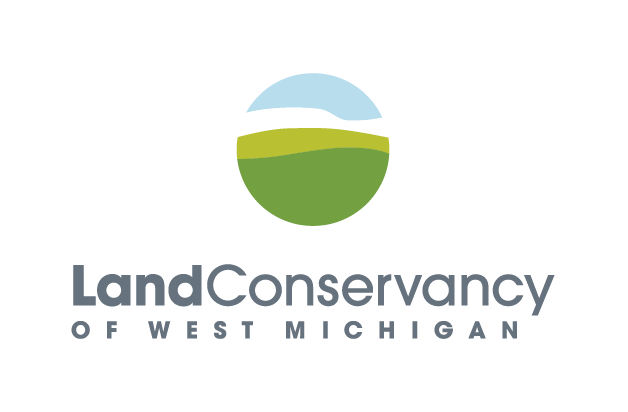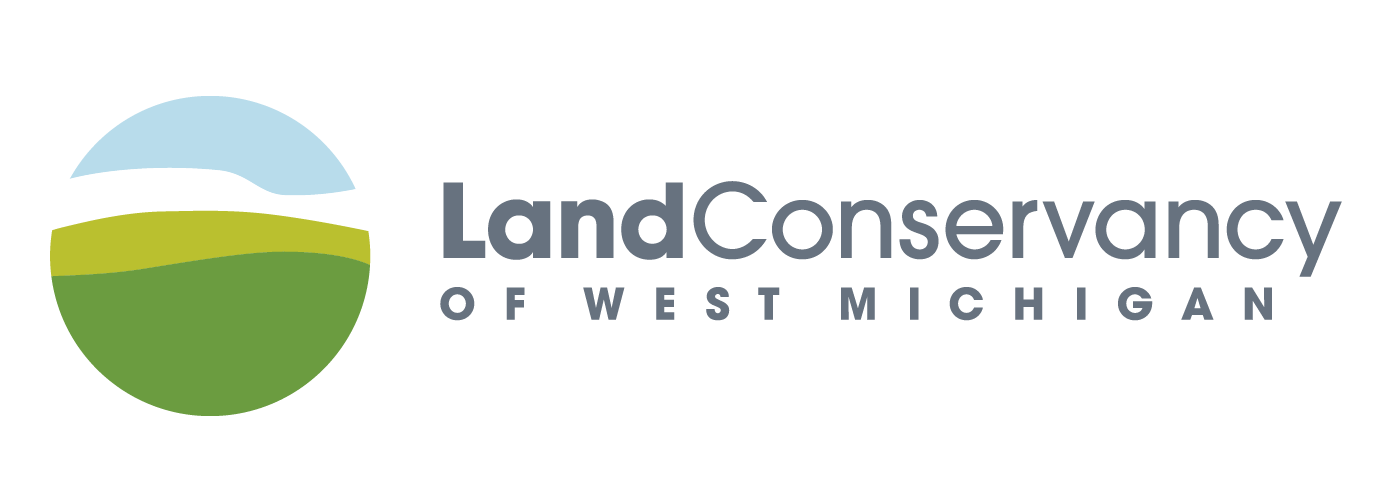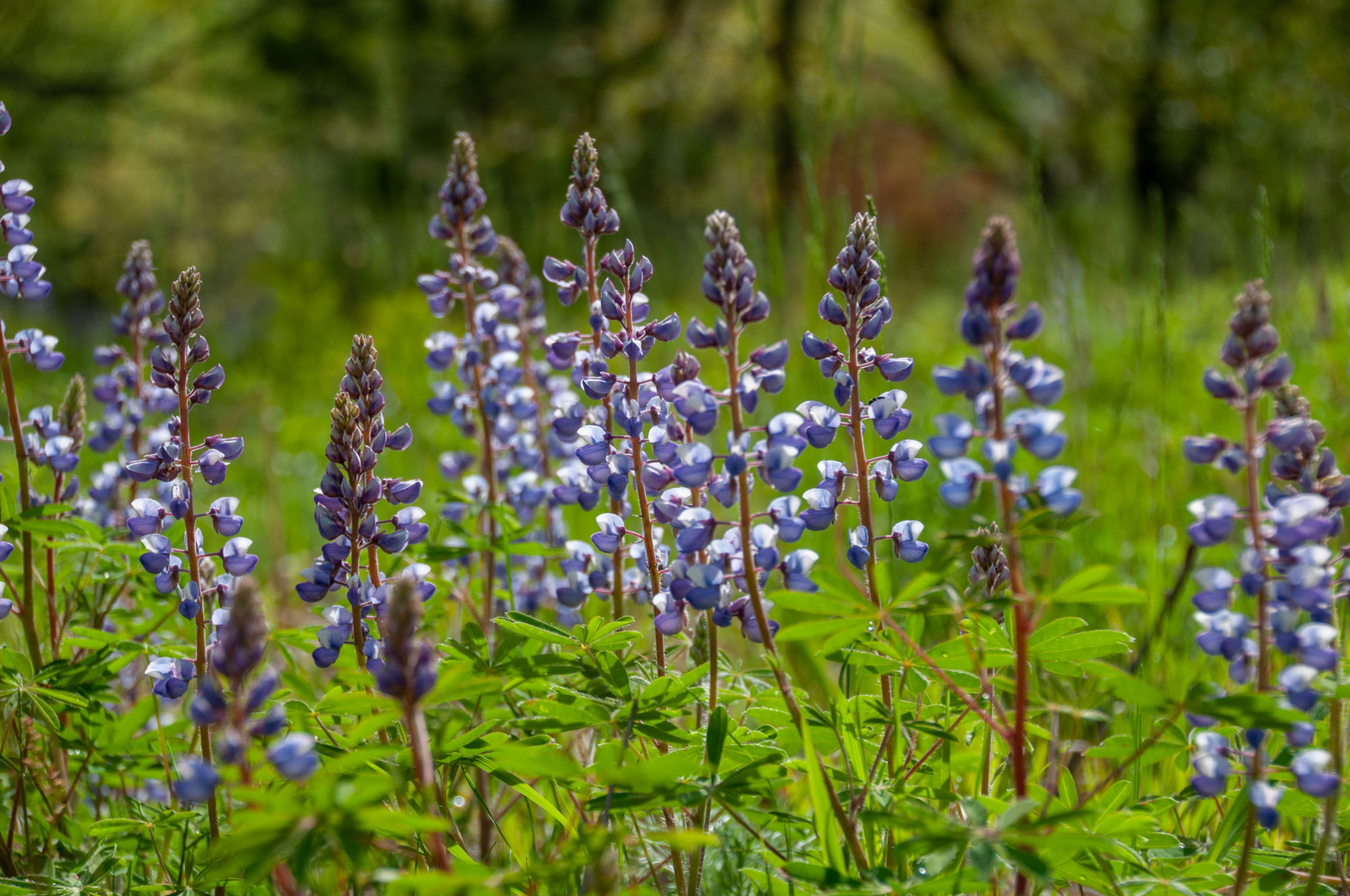
Interview with Susan Rose
PRESERVED! Artist Interview Series
Jackson Hole, Wyoming, is a place that feels too beautiful to be real. It’s nestled in the heart of the Teton Mountains, where the majestic snow covered peaks carve the endless blue sky. There’s a purity to the wildness here; wind whistles through you unapologetically, the sun seems to shine more brilliantly, and all around you, creatures rumble and roam through sweeping dark forests. No matter where you look, you are dwarfed by the realization that, here, the human population is vastly outnumbered.
Susan Rose has visited Jackson Hole almost every summer for the past 50 years. It was there that Susan, already an accomplished artist, learned of a program where local Wyoming artists create work to celebrate and directly benefit the majestic landscape. Impressed, she brought the idea back to the Land Conservancy.
“The idea to invite artists to create works of art inspired by nature is not a new one,” Susan says. “Being able to raise awareness about the importance of conservation and preservation is important to me. Having been an educator for 30 years, I feel it is important to teach others about the natural areas that surround us and how critical it is to have dialogue about the open spaces we all enjoy.”

Like her passion for the natural world, Susan’s love of art began early.
“I knew I wanted to be an artist and art educator when I was in kindergarten,” she says. “A docent visited my classroom and showed a copy of Van Gogh’s ‘Starry Night’ painting and the rest is history!”
In addition to that effective docent, Susan’s creativity was encouraged greatly by her father.
“My Dad was a big inspiration to me when he was alive,” she says. “He was a very curious person and loved to figure out how to do and make things. He was a prolific artist and encouraged me to work with him and on my own.”
Influenced by her father, Susan set out to find her own style and perspective in art.
“Subject matter does not inspire me as much as light, values, shapes and textures do,” she explains. “For a painting of mine to be successful, I need to have expressed some sort of inner truth and communicated that to the viewer.”
The hidden truths Susan cares most about are those embedded in the natural world.
“Nature is a driving force in my artistic imagery,” she says. “It has had a profound influence on me as a human being. Being immersed in nature renews my spirit and clears my head in a way that nothing else can.”

Susan captures this feeling of renewal in her pieces. The clear light, the brilliant colors, the vastness of the landscapes, all evoke a feeling of serenity and awe. For work so tied to her personal passions, it seems like it would be difficult to part with pieces, but Susan says it’s not that challenging to let go.
“There are some paintings that I have kept because of sentimental reasons,” she admits, “but the majority of the work I do is meant to be shared. To me, art is a universal language. I like my work to speak for itself and am also comfortable with personal interpretation.”
While she welcomes new perspectives, Susan acknowledges that she sees also art as an important platform to create change.
“There are a number of different art movements that seek to promote humanity’s interconnectedness to the natural world,” Susan says. “Artists sometimes express the fragility of nature and the environment and often they highlight how our human disconnections from the earth cause social inequality and injustice. Other times, artists are expressing the great beauty of nature and their personal connections to that beauty. There are many other interpretations as well, and artists have a long history of creating works of art that influence and play an important role in developing policy.”
For Susan, the Preserved! program supports her voice as much as her passions.
She says, “I hope people will look at the work that I have created for the Preserved! project and see something of the beauty of the areas I visited and the importance of preserving those areas for all to enjoy.”
Learn more about the Preserved! program and read other artist interviews here.






LORI ESLICK
Very well said. And as an artist I also agree with the premise that art can also influence policy. As a positive force, this exhibition is very beneficial…thanks Susan for bringing this exhibition idea to the Western Michigan Land Conservancy.